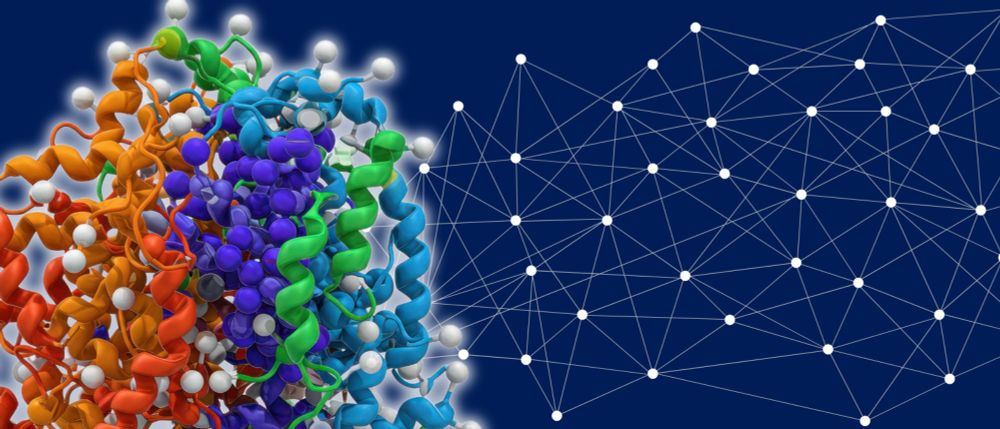









At @elrig.org’s Drug Discovery 2025, we spoke to Miles Congreve, Chief Scientific Officer at @isomorphiclabs.bsky.social, to find out >>> www.biotechniques.com/drug-discove... 🧪

At @elrig.org’s Drug Discovery 2025, we spoke to Miles Congreve, Chief Scientific Officer at @isomorphiclabs.bsky.social, to find out >>> www.biotechniques.com/drug-discove... 🧪






In this interview, we learn more about Bruno Cisterna, his winning image, his favorite microscopy techniques and his advice for burgeoning microscopists >>> www.biotechniques.com/imaging/meet... 🧪

In this interview, we learn more about Bruno Cisterna, his winning image, his favorite microscopy techniques and his advice for burgeoning microscopists >>> www.biotechniques.com/imaging/meet... 🧪







